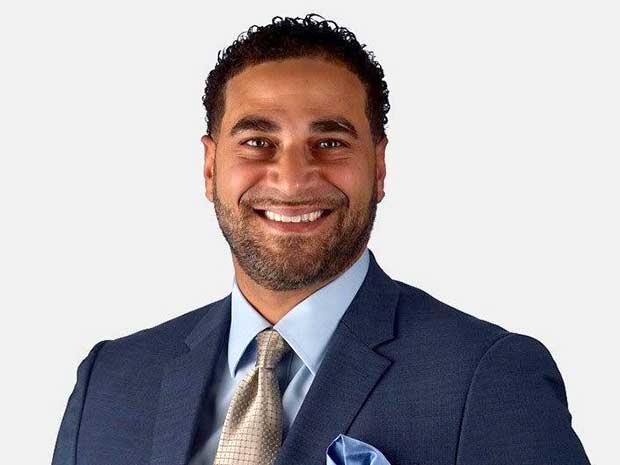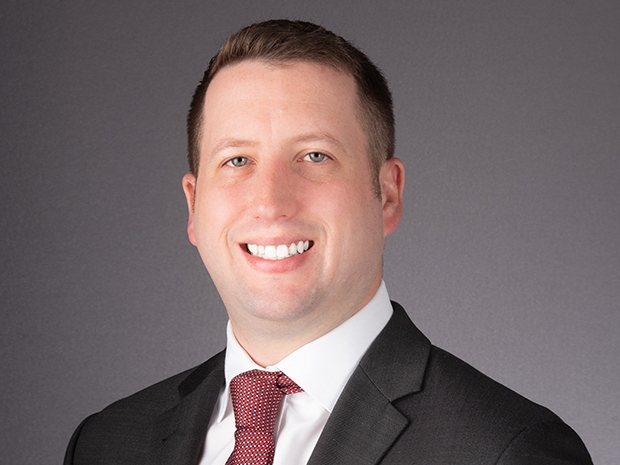Two years ago, amid the pandemic lockdown, consumer products companies faced the unusual challenge of securing enough goods to meet surging demand. Supply chains were broken, and companies scrambled to meet demand.
Today, these firms face a different challenge, according to the RSM US Middle Market Business Index survey for the third quarter.
With consumer spending shifting to services, and away from goods, firms are having to reduce inventories amid a slowing economy just as financing costs are surging.
Major retailers identified this shift to services in the summer of 2022, and they scaled back their purchasing, said Mike Graziano, a director in RSM's national transaction advisory services practice specializing in consumer products. Inventories, they realized, needed to get to a more sustainable level.
For the middle market wholesalers selling into the big box retailers, it was a radical change.
As a result, executives face tough choices as they try to identify the best investments. It’s no easy task amid the whipsaw change in technology and the economy. In 2022, the metaverse was the must-have technology that would drive growth. Then, seemingly overnight, the focus was artificial intelligence. All the while, businesses are now actively rethinking their supply chains, and shifting away from China.
That leaves the question: Where does a company invest?
“In 2018, you probably could have taken out a loan and invested in all three,” Graziano said, “but today you can’t.”
It’s all part of the squeeze hitting middle market businesses, according to RSM’s survey. Senior executives across industries said they were paying more to secure financing, and that was limiting their ability to invest in the future.
Metaverse? AI? Supply chains? Today, it’s pick one.
The change has reined in expectations, said Karen Galivan, an RSM tax partner focused on consumer products.
“When we talk about technology in the middle market, it’s important for executives to remember that they don’t need the Cadillac solution, but they need a trustworthy and adaptable solution,” she said.








